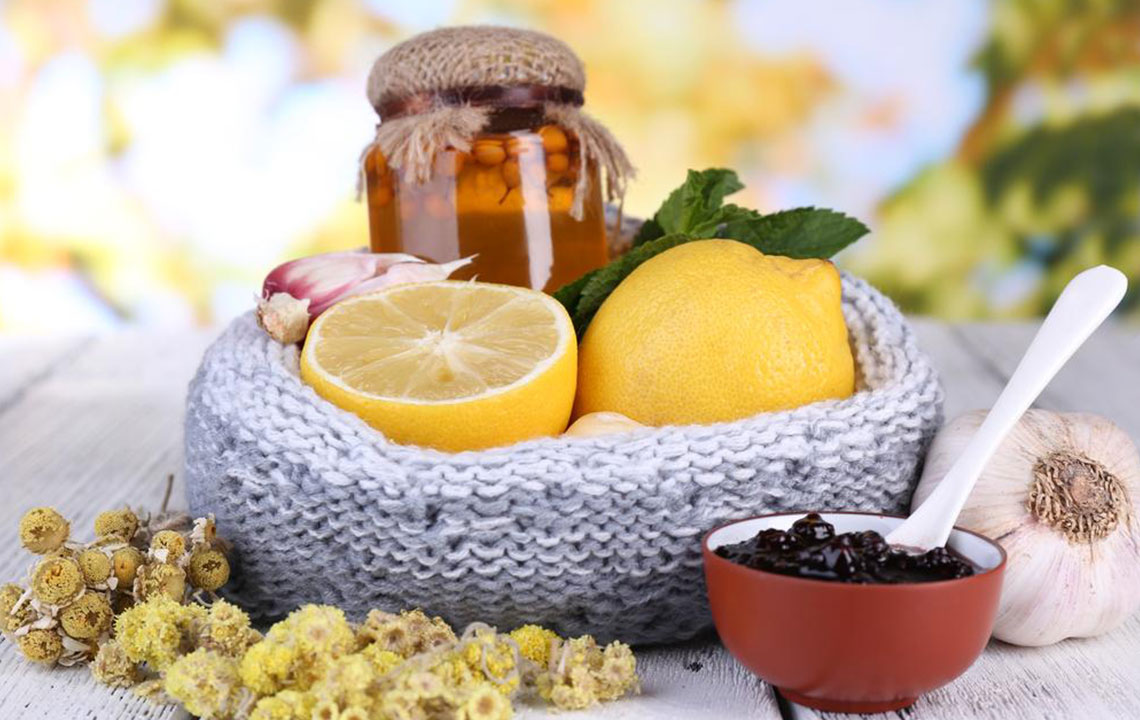Home Remedies for Enlarged Prostrate

An enlarged prostate is also known by the name of benign prostate hyperplasia and is a disorder which afflicts men who are more than 50 years of age. However, enlarged prostate should not be confused with prostate cancer.
The prostate is usually a small muscular gland which surrounds the urethra and adds fluid to the semen. The cells in this gland begin to multiply as a person ages and leads to an enlarged prostate.
A person who suffers from this complication has a frequent urge to urinate and is often left with a feeling of incomplete bladder emptying.
However, if no remedies are taken to treat these medical condition complications like kidney damage and bladder stone will surface in due course.
There are some home remedies for prostate enlargement which can be tried in the safe confines of home.
- Kegel Exercise
This is a pelvic strengthening exercise which can help a person deal with enlarged prostate conditions. This exercise helps in tightening the pelvic muscles and help control urination.
You will have to empty the bladder and lie down on the floor with knees bent apart. The pelvic floor muscles are to be tightened for 5 seconds and then relaxed for another 5 seconds. This exercise is to be repeated for 10 to 20 times at least 3-4 times a day.
This exercise can be done at any hour of the day, and you should ideally target the pelvic muscles only in this exercise.
- Aerobic and Resistance Exercise
If you stay active, it is always good for the prostate and for maintaining the overall health of a person. If aerobic exercises are done on a regular basis these will help in reducing the urinary problems and can eventually help in controlling this problem. If aerobic exercises are done on a regular basis, this will help to maintain weight. Walking, jogging, playing basketball and tennis on a regular basis will help in controlling prostate enlargement. Doing these exercises for 30 minutes for some time throughout the week will surely help.
- Sitz Bath
Sitz bath is another effective remedy for an enlarged prostate. This technique will help in relaxing the pelvic muscles and will also reduce the swelling. Alternately, the cold bath can also be tried. For doing this exercise, you will have to fill a bathtub with warm water and add some Epsom to it. In another bathtub fill some cold water and add some drops of lavender essential oil.
The person suffering from prostate enlargement has to sit in the warm water bathtub for 3 minutes, and the water should be up to the level of the waist. After this sit in the bathtub with cold water for a minute, this practice has to be repeated at least twice. This activity is known as a sitz bath, and it should be done a few times, every week.
However, people who have acute bacterial prostatitis should not do sitz bath.
- Stinging Nettle
Stinging Nettle is also known to reduce the intensity of prostate enlargement. It is a natural diuretic and encourages the elimination of inflammatory waste through the urination pathway.
For taking benefits of stinging nettle, you need to add a tablespoon of dried nettle leaves in a cup of hot water. The same is to be boiled for 10 minutes and has to be strained after that. Take this tea two to three times every day. Stinging nettle can also be taken in the form of a supplement, and the usual amount should be 300 mg on a daily basis. However, if this is being taken as a supplement, the doctor should be consulted.
- Corn Silk
This is one of the time-tested remedies for prostate enlargement. This is a natural diuretic and can relax the urinary muscles which eventually lead to improvement in urination. For taking benefit of this remedy, you will have to put the silk of six ears of fresh corn in four cups of water.
This is to be boiled and then simmered for over ten minutes. This has to be strained, and 3 cups of the same can be taken on a daily basis.
- Apple Cider Vinegar
The unfiltered and raw apple cider vinegar is known to have astringent properties and will help sink the swollen prostate. For using this remedy, 1 to 2 tablespoons of unfiltered apple cider vinegar has to be mixed with a tablespoon of honey. This mixture has to be added to a glass of warm water. Drink this mixture two times in a day for best results.
Alternatively, a cup of apple cider vinegar can be added to the bathtub, and the person can soak in the same for 10-15 minutes. This bath can be done multiple times in a week for best results.


